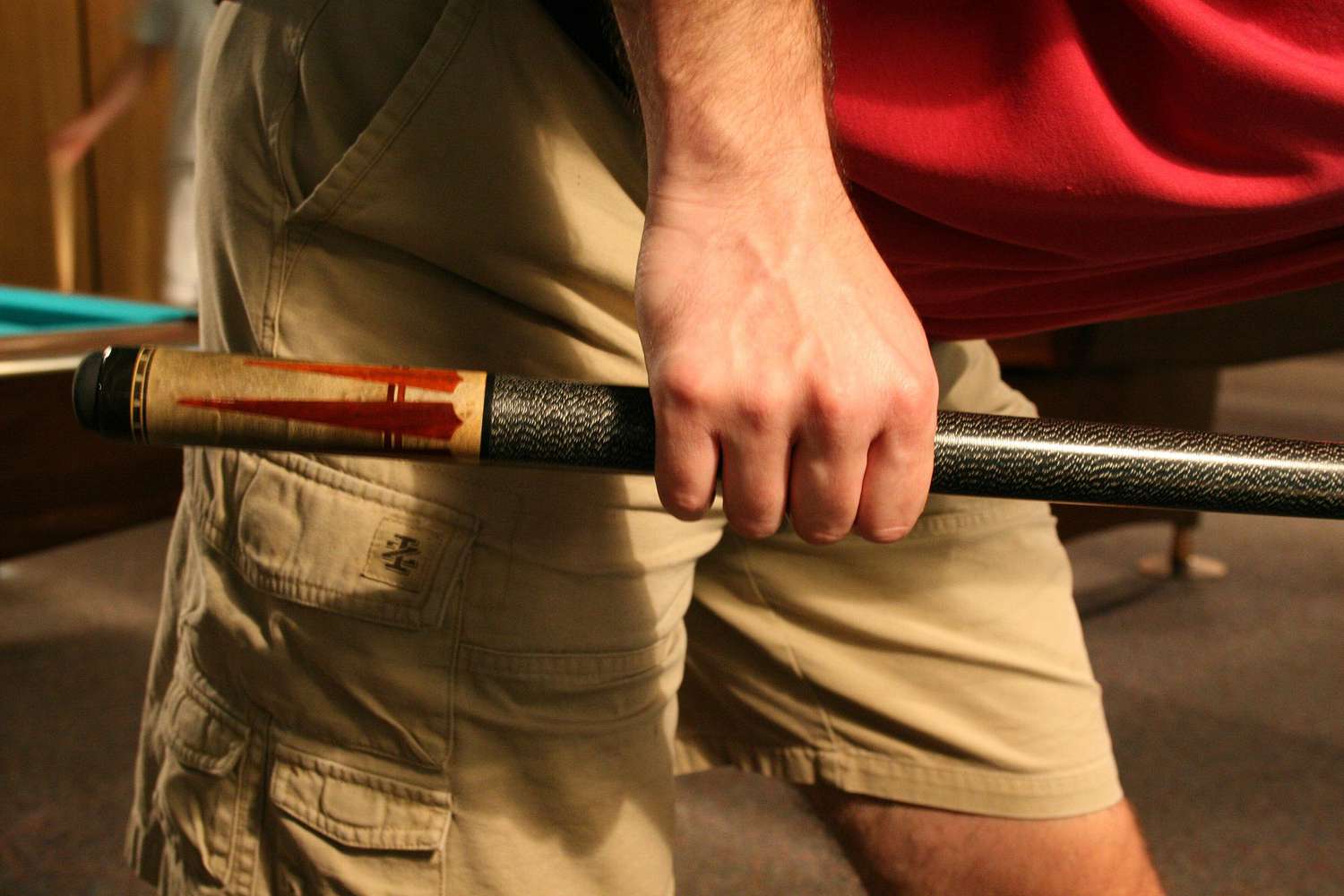Comparison of Wood vs. Fiberglass Billiard Cues: Which One Is Right for Your Game?
Berbaginfo.com – Choosing the right billiard cue can make a significant difference in your performance on the table. Among the most popular options, wood and fiberglass cues stand out for their distinct characteristics and benefits. But how do you decide which one suits your playing style? Whether you’re a seasoned player seeking precision or a beginner aiming for durability. Understanding the differences between these materials is crucial. In this article, we’ll dive into a comparison of wood vs. fiberglass billiard cues to help you make an informed choice for your game. Let’s explore the pros and cons of each and discover which cue could elevate your skills to the next level!
Understanding the Basics of Billiard Cues

What Is a Billiard Cue?
A billiard cue is a tapered stick used to strike billiard balls in games such as pool, snooker, and carom. The material of the cue can affect factors like durability, precision, and comfort, making it an essential consideration for players.










